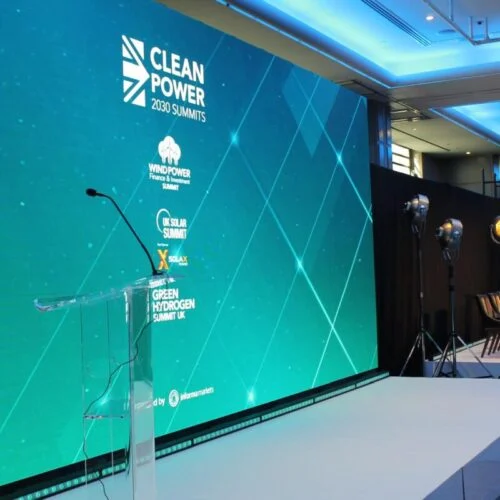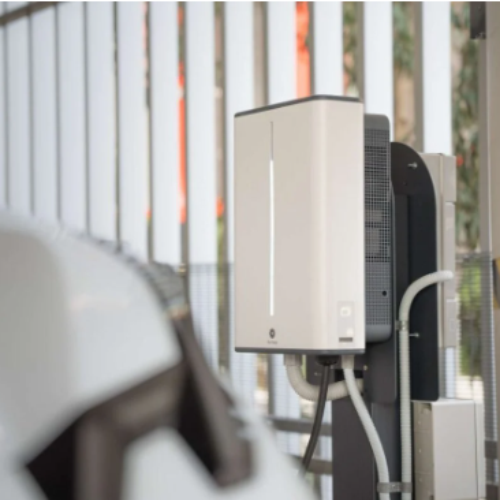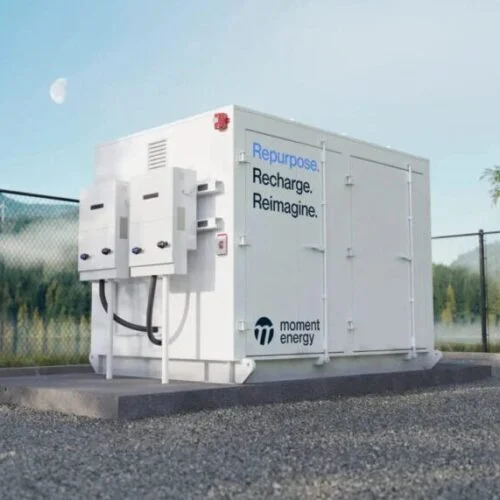Last week was an important week on Current± so far as civic energy services companies wholly owned by local authorities are concerned.
Bristol City Council appointed Ernst and Young to assess Bristol Energy, in a move that has been seen as the council looking to move on its energy company, and this was followed by Nottingham City Council appointing Deloitte to advise it on a strategic review.
Robin Hood Energy was the first ever civically owned ESCO in the modern era. The Council established this company only a few years ago and it was hailed as one of the pioneers into the market of local authorities supplying electricity and gas to local consumers. Bristol City Council, another of the leading authorities on the green agenda, quickly followed suit.
But only one more company materialised as part of this desire to make an intervention in the UK energy market. Our Power was established north of the border in Scotland and had a different focus, based on social housing voids. It went bust last year.
Many other authorities wanted to follow the lead set in England by Robin Hood Energy and Bristol Energy, convinced that civic energy provision was the way forwards. If, as now appears to be the case, both authorities would prefer to leave the market, where does this leave the sector?
The concept of civic energy supply
The concept of civic energy is strong and continues to be persuasive in the public sector. The energy market is in a mess and the private sector cannot be trusted to sort it out properly. Independent analysis has shown that individual consumers have been overcharged for decades and this has not changed. This has exacerbated fuel poverty amongst those least able to pay.
So the concept of a company in civic ownership run, not on hardnosed commercial principles but public sector values, would inevitably be attractive to authorities picking up the costs and consequences of the market failure in any event.
Fuel poverty is caused by a confluence of three factors; the cost of electricity supplied, the energy efficiency of the household and the available income of the occupant. Supply of electricity and gas directly to consumers means that a local authority has a direct control over one of the three key factors – cost of supply. The notion of running lean and low cost enterprises to pass on the benefit of low prices to consumers in a non-profit distributing envelope is at the heart of the concept.
So why is it so difficult?
The energy market
Of the three key strands of the electricity market (generation, distribution and supply) the latter is the hardest. It makes less money than the other strands, is more volatile and is dominated by the biggest players. They have the benefit of also owning businesses that are involved in generation and distribution and have the size and scale to purchase large blocks of energy well ahead of time and so ride out some of the turbulence involved in short term pricing.
The situation has become so bad that nearly 20 energy supply companies went to the wall last year as a result of market conditions. There is a reason behind each one but the trend is obvious: size and an inability to control cashflow and costs. It was not the large companies that failed, but the smaller, independent, local businesses that the market so desperately needs to provide choice and keep the larger companies honest.
The position in local government
Despite press reports to the contrary, austerity is not over in local government. Local government financing is arranged over long time periods and the amount of resources finding their way down to local level is still way below what it was five years ago. Financially, times are still hard and so this means difficult choices have to be made.
So the follow on of the Covid-19 pandemic could not have come at a worse time. More financial pressure, less funding, working patterns disrupted by isolation and working from home. And no end in sight to the disruption.
Losses (however legitimate), being incurred by a wholly owned civic energy subsidiary, itself struggling to deal with a turbulent market, are unlikely to be welcomed. Local government finance officers work on budgets and targets and don’t like surprises: they rock the ship and have political consequences. The overall benefits of being in the market will, in the view of some, be outweighed by the very real disadvantages.
It is predictable, therefore, that the Members in both Councils will have had some difficult debates about this.
The future
If fuel poverty is the ultimate reason that local authorities come into civic energy provision, then there are other paths. The problem is that fuel poverty strategies to date have been efforts to plug a leak before it becomes unstoppable and, despite concerted action over the years, we have still seen levels of fuel poverty rise.
Ofgem talks about concerns that so many small companies are going bust and rumbles about the tightening the rules of entry into the supply market still further. It is ironic that it thinks consumers are at risk when their interests are clearly protected in such an instance and it is those very consumers who the civic companies are seeking to help. Ofgem’s stance transparently shows a lack of empathy for public sector energy provision, which undoubtedly has a legitimate place in the market. National politicians should wake up to this irony.
So if alternatives are to be found, they have to rooted in localism. The notion is one of local generation (often by the local authority itself or a community group via solar farms) and supply directly to local people. If a decentralised energy system is to be achieved, this has to be made easier. Such provision ticks a lot of boxes: renewable energy, local provision, assistance to the grid, less transmission losses and lower prices for local people and therefore an easing of fuel poverty.
In many ways, this is what the recently Local Electricity Bill was all about, although as commented in Current± of 11 May 2020, this has fallen short of what is required fix this situation.
Conclusion
There will be plenty of people who will say good riddance to the end of local authorities in civic energy supply, particularly amongst rival suppliers. The public sector model was, after all, a clear threat to those businesses and their historic poor levels of customer service.
If this entry into the energy market is not going to progress as originally intended – as now seems to be the case – then resilient local authorities will need to find other ways of shielding vulnerable consumers from fuel poverty and helping local people pay less for their energy.
Maybe the answer to this market failure is to facilitate more generation of community based renewable energy and its supply, on a small scale and restricted geographically, to local inhabitants. There will be an indication of the Government’s appetite for this type of solution from its support or otherwise of the Local Electricity Bill when it starts its Parliamentary progress.





